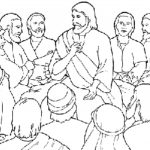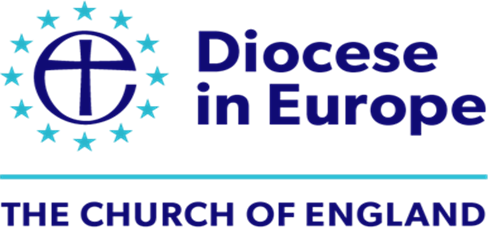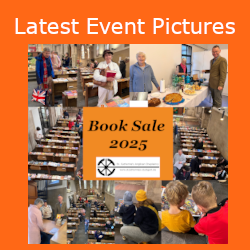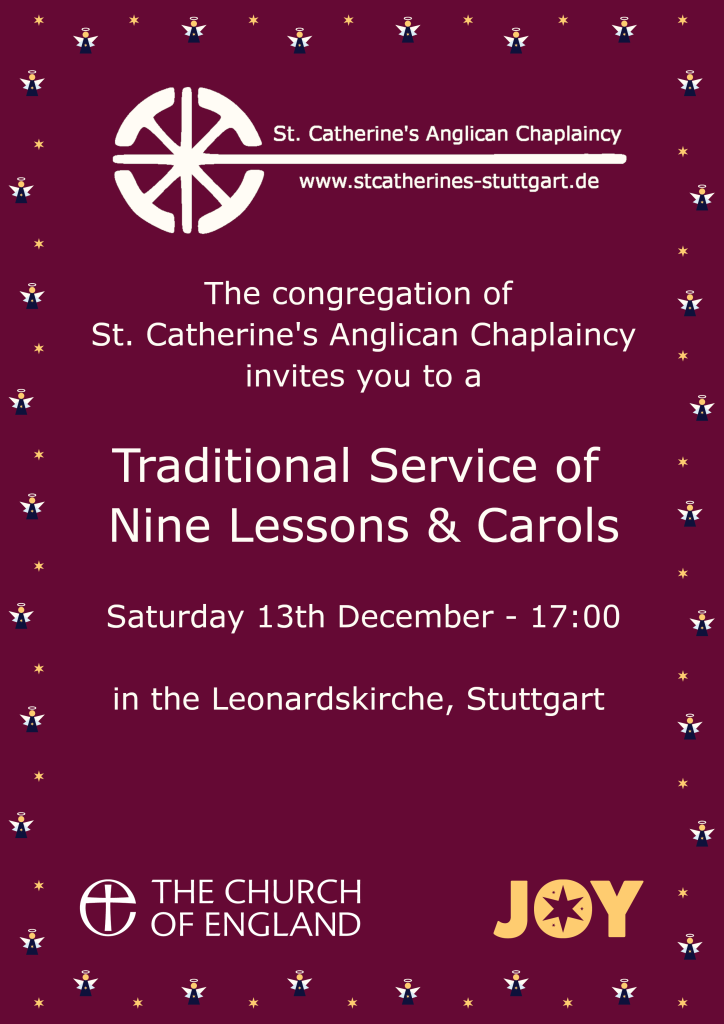 During Lent there will a 6 week project on parables for the young and the young-at-heart, with audio recordings to listen to and a link to extension material which will be age specific (ish)
During Lent there will a 6 week project on parables for the young and the young-at-heart, with audio recordings to listen to and a link to extension material which will be age specific (ish)
The Big Spender – the parable of the ungrateful son (from Luke15)
Under 10 (same every week)
each week after listening to the story get your child to ‘retell’ the story in their own words and see where that takes you
follow up with – can you draw a picture of….. (one of the aspects that the child seemed most clear about)
Prayer: dear Lord Jesus thank you for teaching us about God and thank you for telling stories that help us to know how much God loves us and all his world. Amen.
10-14
Think/Talk:
Either – this is the fourth story with a party in it so why is celebrating so important in Jesus’ stories
Or – when or why have you had to say Sorry to someone
Do: write a prayer or a poem about feeling sorry or being sorry or saying sorry – use emojis if you want instead of words
14+
one overarching project for the whole 6 weeks – if you have younger siblings or are invited to help at Sunday School how would You teach about God ?
use story telling or art or drama or music – to teach one lesson on one important truth about God or his kingdom that is particularly meaningful for you
Background:
Under 10 a parable is a special kind of story that Jesus used to tell people about God
10-14 a parable is a way of ‘painting a picture using words’
-and using this way of teaching people about God it helps Jesus’ listeners (and readers) to understand better because we all have an imagination
– it is sometimes better therefore to read a parable slowly so that the ‘picture-in-words’ is allowed to take shape in our minds / our imaginations
– also once our minds have imagined the picture / the scene that Jesus is painting with words, it is easier for us to imagine ourselves IN that place or that event or that story
14+ a parable is a literary genre used by Jesus to teach truths about God and the Kingdom of God that are conceptual
– a parable builds a bridge between a concept / an idea and real or concrete events and places and people and situations and this bridge gives us access to these conceptual ideas and truths
– a parable has some elements in common with symbols and allegories and although the overlap is not total, it helps us better to understand parables recognising these similarities
– what counts in a parable is the content (what is Jesus trying to teach here) not the packaging (the details of the story)










